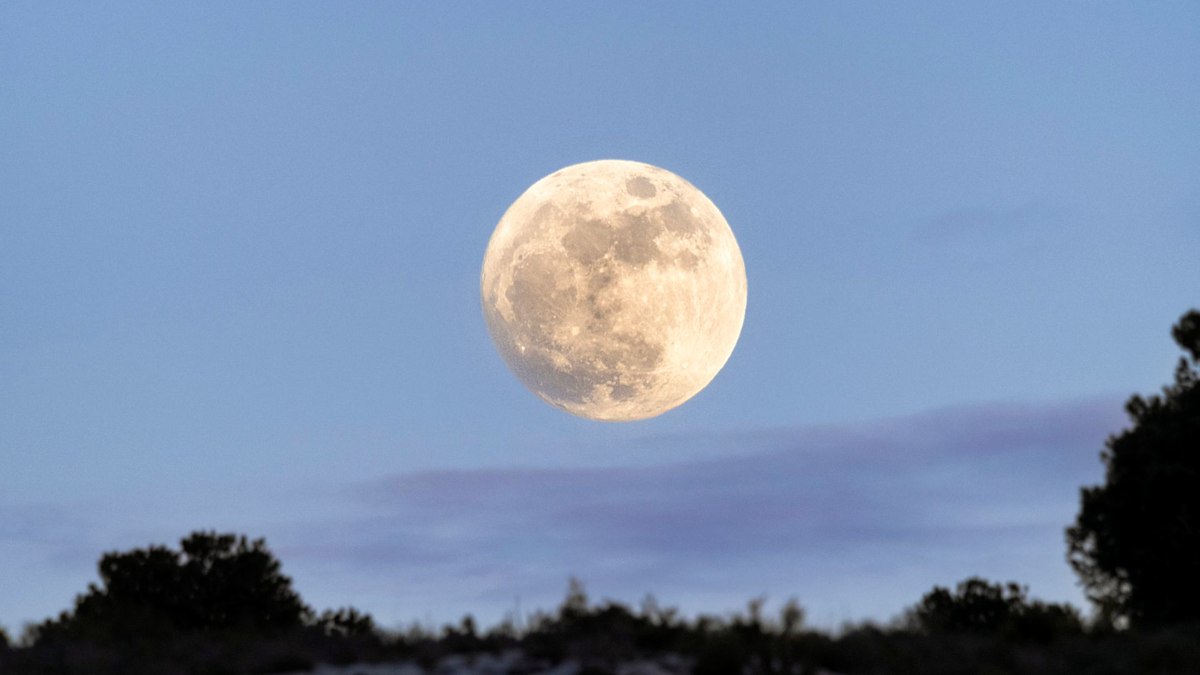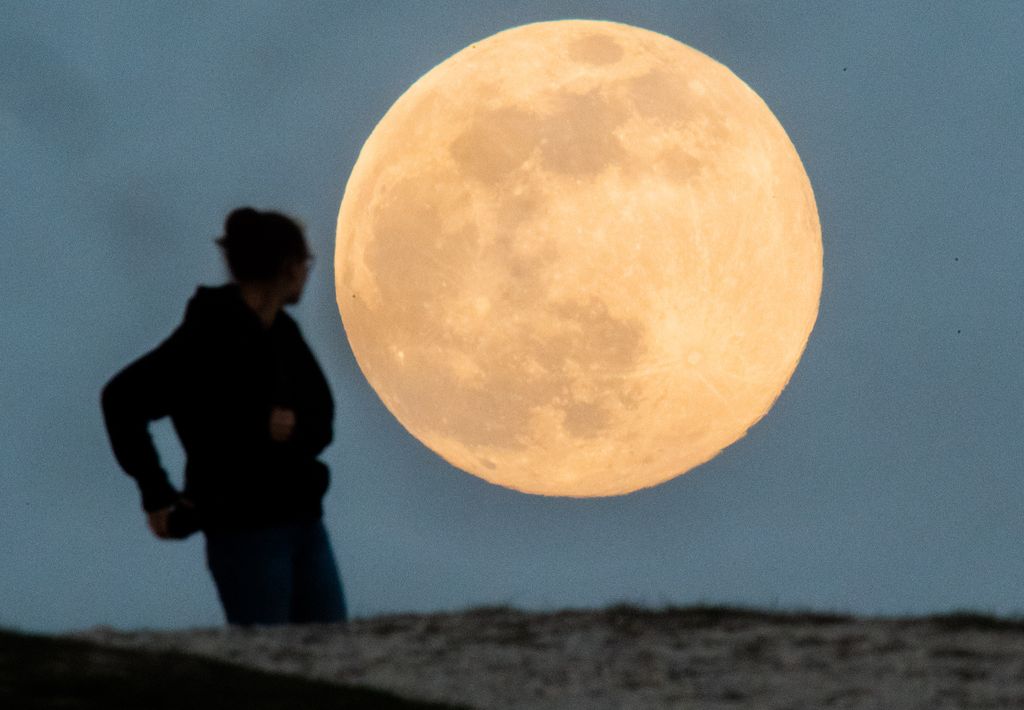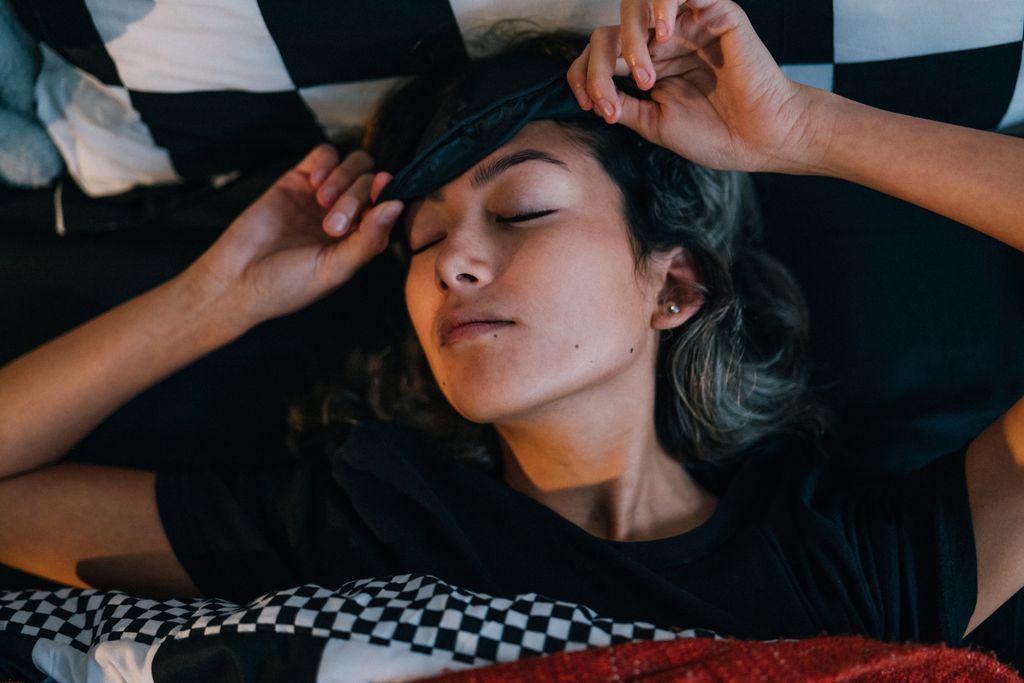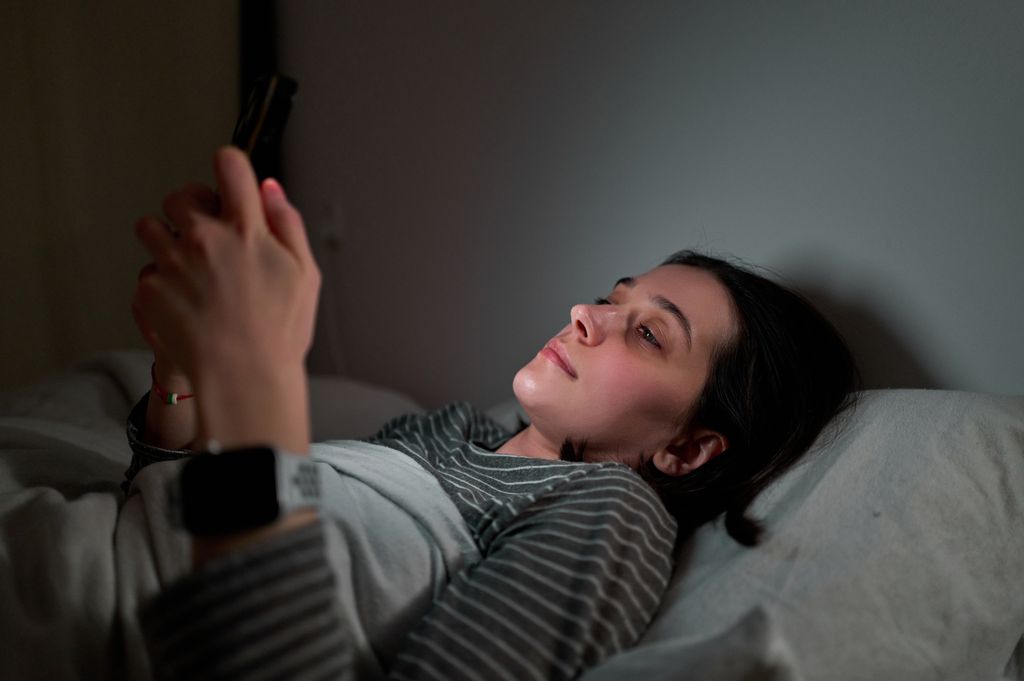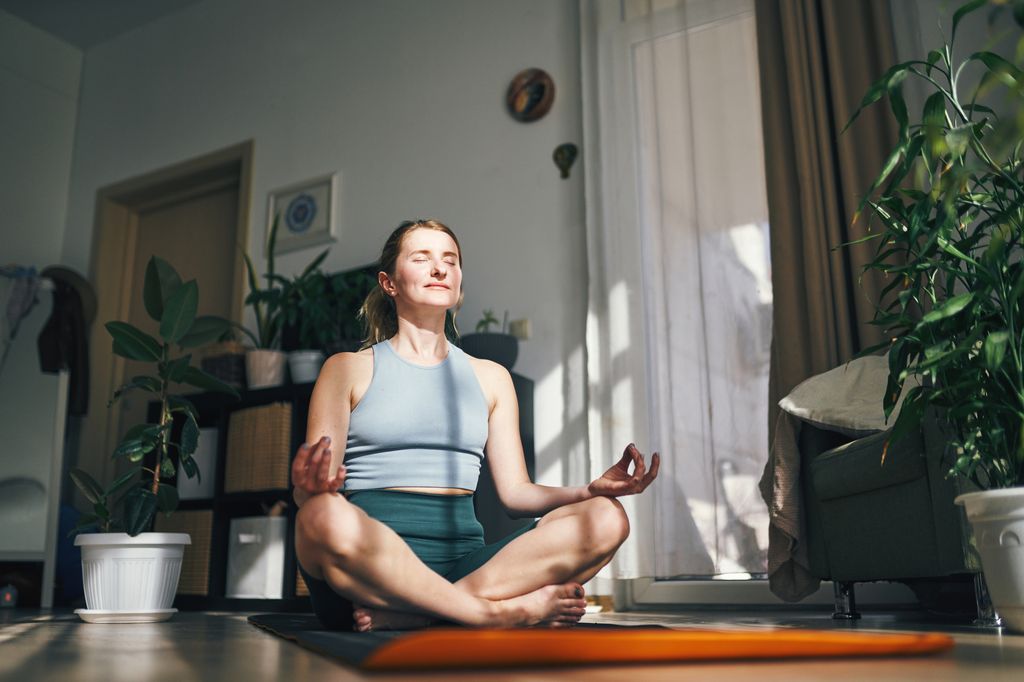As August’s sturgeon moon fast approaches, now is the perfect time to look at your sleep habits and begin to implement changes to your routine for some more shut-eye, according to sleep experts.
What is the sturgeon moon?
The sturgeon moon, named for the time when the sturgeon fish were caught by Indigenous American tribes, is also August’s full moon. It can impact sleep patterns, emotional stability and overall well-being, as evidence has shown.
It is also known as the corn moon, the harvest moon or the rising moon, signaling the perfect time to gather maturing crops.
In a spiritual sense, this moon represents inner strength, wisdom and perseverance, and can serve as the time for some personal reflection.
The best time to catch the vibrant moon is at 9 p.m. UK time on August 9, and around 3:55 a.m. in the US.
Google has seen a staggering rise in searches for the sturgeon moon, with a 556% increase in just seven days. There is clearly a growing curiosity about its effects, if those numbers are anything to go by.
According to sleep expert Martin Seeley, the sturgeon moon can have an even greater impact on those who are already experiencing sleep struggles.
How the sturgeon moon can disrupt your sleep
Firstly, the sturgeon moon can interrupt the production of melatonin in the body due to its increased brightness. The sleep hormone is released in response to darkness, and typically promotes regular sleeping patterns.
“The increased brightness of the sturgeon moon can interrupt sleep by tricking the brain into thinking it’s still daytime, reducing melatonin production,” Martin explains. “Lower melatonin levels lead to poorer sleep quality, with less time spent in restorative deep sleep.”
Poor sleep can also lead to an increase in the stress hormone, cortisol, creating a vicious cycle of exhaustion.
Another hormone, progesterone, can be exacerbated by the moon’s brightness, says Martin. “Low progesterone can also contribute to higher levels of restlessness and anxiety, which are increased by lack of sleep.”
Once again, the pesky brightness of the sturgeon moon can also affect our serotonin, which is known as the “feel good” hormone that helps with contentment and emotional stability.
“Light exposure and sleep disruptions caused by the sturgeon moon can affect serotonin levels, potentially leading to increased emotional sensitivity, irritability, and sadness,” Martin explains.
Healthy habits
Ahead of the sturgeon moon’s rise, it’s important to perfect your sleep routine and promote healthy habits for a fulfilling rest that won’t leave you bleary-eyed in the morning.
Martin’s number one tip for getting a good night’s sleep is to create the perfect environment, so that you feel comfortable and at ease when you doze off.
He suggests turning off all screens at least an hour before bed, and ensuring that no light pollution can seep through overnight by investing in a sleep mask or blackout curtains.
Another vital component of a healthy sleep routine is stress management. Higher stress levels equal more cortisol, which prevents us from winding down properly before bed.
“Engaging in stress-reducing activities like deep breathing exercises, yoga, or meditation can help reduce cortisol levels, promote emotional stability, improve sleep, and support overall wellbeing,” Martin adds.
Hydration is also a no-skip step in a good sleep routine, as it helps regulate body temperature and supports brain function.
Proper hydration also promotes “focus and emotional stability, and helps manage feelings of anxiety and irritability, which can intensify during the sturgeon moon,” says Martin.
He adds that it is important to consult a healthcare professional if your sleep does not improve, and if the side effects become too difficult and disruptive to manage.
It’s not all doom and gloom with the sturgeon moon, though; it can also be beneficial and allow us to feel more in tune with our bodies. This time can be used to implement self-care strategies and promote balance.
Read the full article here


